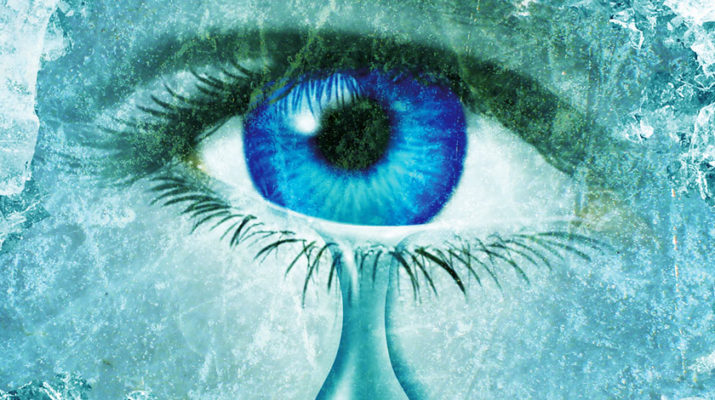Seasonal affective disorder can turn winter wonderland into nightmare
By Jessica Arsenault Rivenburg
With short daylight hours, limited sunshine, cold temperatures and many hours spent closed up inside, many in the northern United States can relate to feelings of winter blues and cabin fever each year.
For some, however, those feelings are more extreme and interfere with everyday life. In those cases, it is not a simple case of the winter blues, but rather, a condition known as seasonal affective disorder.
SAD is a type of major depression that occurs at specific times of the year, said Lori Myers, a licensed clinical social worker practicing in Herkimer. In most cases, the depressive episodes begin in the fall or winter and subside in the spring. Although less common, this condition can also occur during the spring or early summer.
“It is important to be educated on the differences between experiencing the ‘winter blues’ versus SAD,” Myers said. “Typically, winter blues is characterized as feeling more down than usual, sad and less energized. Whereas, individuals experiencing SAD will have a decrease in their quality of life and their ability to function at home and work, and their relationships may be negatively impacted.”
For people to be formally diagnosed, they must meet the criteria for major depressive episodes coinciding with the fall and winter months for at least two years, Myers said.
Common symptoms of a major depressive episode include feeling hopeless or worthless, losing interest in activities once enjoyed, trouble sleeping, changes in appetite, irritability, social withdrawal, fatigue, impaired cognitive function including deficits in attention, problem solving and working memory, like finding the right word while talking, and, in some cases, suicidal thoughts.
SAD strikes millions
According to Psychology Today, an estimated 10 million Americans suffer from SAD, though exact numbers are hard to come by because many cases of SAD go undiagnosed. It is more commonly diagnosed in women and young adults, aged 18 to 30, than in men and older adults. A family history of SAD, depression or bipolar disorder may increase the risk of a SAD diagnosis.
The good news is individuals do not have to sit around and wait until spring to alleviate their symptoms, Myers said.
First, for anyone experiencing a period during which most of their days are characterized as feeling down and out, they should reach out to their primary care doctor to rule out other possible causes of these symptoms and discuss their options. Evidence-based treatments shown to alleviate symptoms include light therapy, psychotherapy, or talk therapy, and sometimes medication, Myers said.
There are also a number of steps anyone feeling down during the winter months can take to improve their mood and quality of life. Myers suggests maintaining a regular schedule, especially a sleep schedule, frequent exercise and a healthy diet.
“Whether its four days at the gym, a brisk morning walk or cranking up the music and dancing in the living room, get moving,” she advised. “And research continues to show improving your nutrition can prevent and treat mental illness.”
Other tips include staying connected with family and friends and getting outside when weather permits to soak up some sunshine.
“As always, if anyone is having suicidal thoughts, they should seek professional assistance immediately,” Myers stressed.

